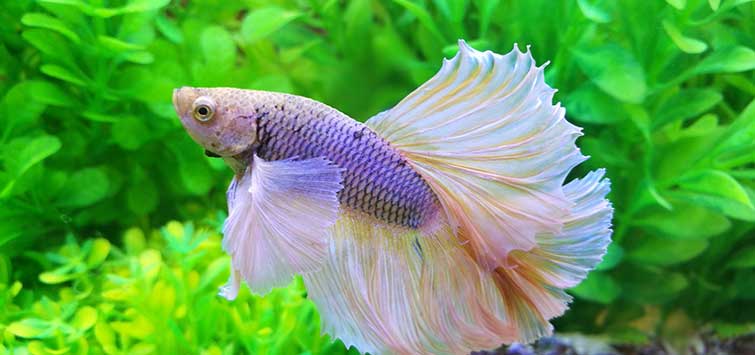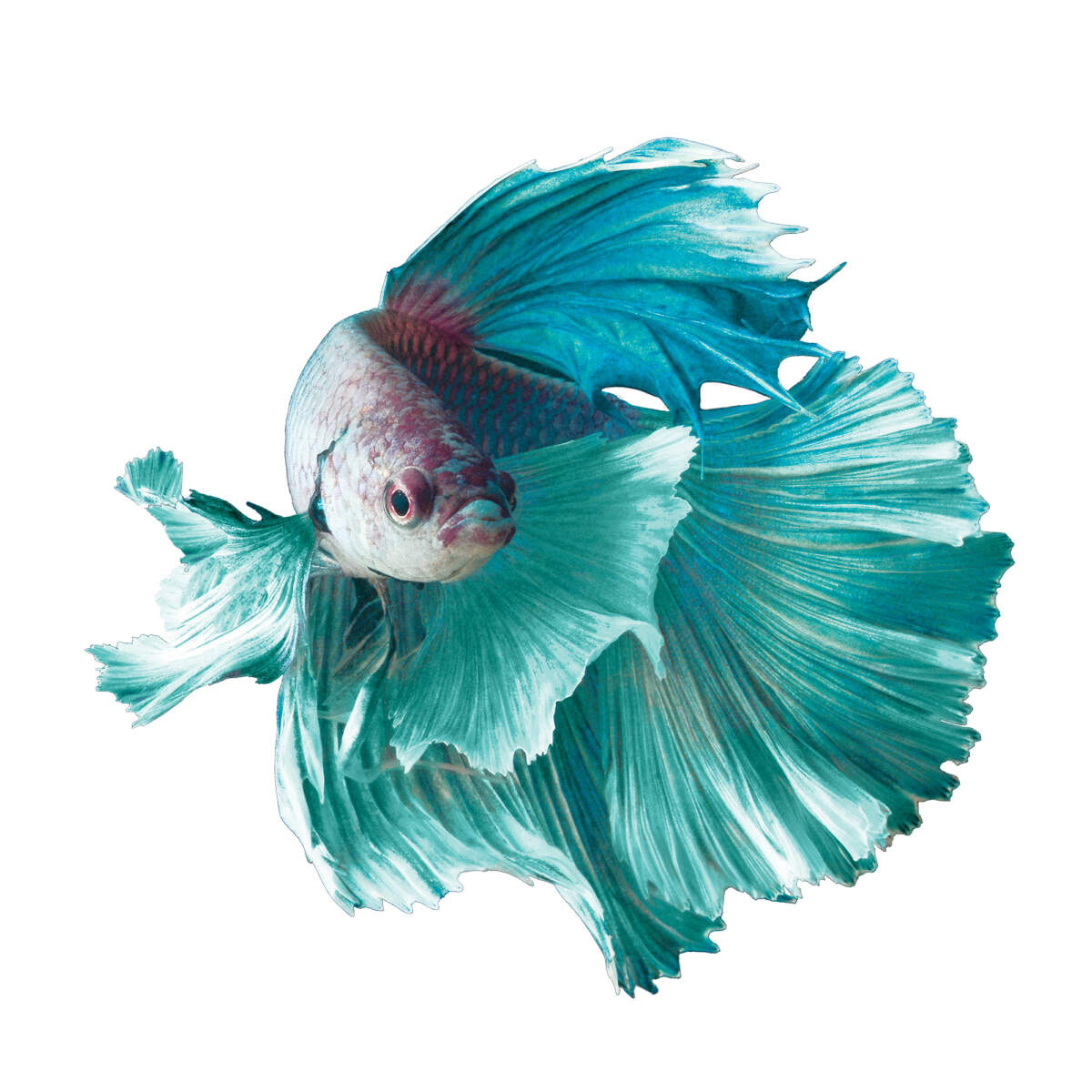Exactly How to Introduce Betta Fish to an Area Storage Tank Securely
Exactly How to Introduce Betta Fish to an Area Storage Tank Securely
Blog Article
Exactly How to Reproduce Betta Fish Effectively: Professional Techniques and Insights for Hobbyists Wanting To Expand Their Betta Collection
Reproducing Betta fish requires a nuanced understanding of genes and ecological problems, making it important for enthusiasts to approach the procedure with both diligence and care. Developing an ideal breeding environment, choosing the appropriate pairs, and observing the complexities of their courtship actions are foundational actions that can substantially impact the outcome. The succeeding treatment of the fry is crucial for guaranteeing their healthy advancement. As we check out these key parts, it comes to be clear that successful reproduction is not practically the first pairing but includes a broader technique that qualities cautious consideration.
Recognizing Betta Fish Genes
Recognizing the genes of Betta fish is vital for effective breeding, as it affects characteristics such as color, fin shape, and actions. Betta fish display a varied array of shades and patterns, mostly determined by their genetic make-up.
Along with coloration, fin morphology is one more substantial element of Betta genetics (betta fish). The sizes and shape of fins are affected by numerous genetics, consisting of those that identify whether the fins are short, long, or veil-shaped. Understanding these genetic variations assists dog breeders forecast the phenotypic outcomes of their children
Additionally, behavior qualities such as aggressiveness and territoriality can additionally be influenced by genetics. These behaviors play an essential role in the reproducing process, as they can affect spawning success and the overall personality of the resulting fry. By thoroughly recognizing these genetic concepts, breeders can make enlightened choices, ultimately enhancing their breeding programs and attaining desirable results.
Preparing the Breeding Atmosphere
Developing an optimum reproduction setting is crucial for the successful recreation of Betta fish. The initial step in preparing this atmosphere is to pick an appropriate reproduction container, ideally varying from 5 to 10 gallons.
Next, consider the use of a sponge filter or an air stone to give gentle water circulation without producing solid currents that can stress the fish. It is necessary to mount plants or breeding cones to supply concealing spots and promote convenience for the woman throughout the spawning procedure. Drifting plants, such as Java moss or water sprite, can likewise develop an extra native environment while facilitating bubble nest structure by the man.
Prior to presenting the reproducing sets, make sure the water is conditioned and devoid of harmful chemicals, such as chlorine or heavy steels. betta fish. Regular water changes must be performed to keep optimal water high quality, enhancing the possibilities of successful reproduction. With these preparations in place, the reproducing atmosphere will certainly sustain the wellness and well-being of both Betta fish
Picking Reproduction Pairs
Selecting the best reproduction sets is critical for achieving successful Betta fish recreation. When picking your reproduction sets, consider numerous key factors including wellness, temperament, and genes. Healthy and balanced Betta fish exhibit lively colors, clear eyes, and active habits. Selecting fish that are without condition makes sure a much better possibility of producing feasible children.
Character is one more essential factor to consider, as Betta fish are recognized for their aggressive nature. It is suggested to choose a male and female that exhibit suitable characters to decrease stress throughout the reproducing process. A calm man can motivate a smoother courtship, while a female that is too aggressive may interrupt the process.
Genetic background additionally plays a substantial role in the high quality of the offspring. Reproducing fish that are genetically diverse can lower the danger of genetic health problems additional hints and improve the total vigor of the fry. It is helpful to research the family tree of both the man and lady, concentrating on desirable traits such as fin kind, color scheme, and size.
The Breeding Refine
The reproduction process of Betta fish requires cautious preparation and attention to detail to make certain an effective result. At first, it is important to prepare an ideal reproduction storage tank, ideally a 5-10 gallon fish tank with a temperature level preserved at 78-80 ° F. The container must be outfitted with a heating unit, filter (preferably sponge type to prevent solid currents), and lots of marine plants for the female to conceal.
Once the environment is set, introduce the picked reproducing set to the container, allowing them to accommodate. Observe their behavior; the man will present sophisticated courtship rituals, including flaring his fins and constructing a bubble nest. If the female reveals passion, she will present upright stripes suggesting readiness for spawning.
When the woman is receptive, the set will involve in a mating accept, throughout which the male fertilizes the eggs. Keeping optimal water problems throughout this duration is essential for the development of healthy and balanced Betta fry.
Caring for Betta Fry

Feeding Betta fry is critical, as they need a diet high in protein. They can be fed infusoria or liquid fry food, transitioning to carefully smashed high-quality pellets as they expand. Feed little parts multiple times a day to urge healthy growth without overwhelming the tank with leftover food.

As they grow, check their growth very closely and separate any hostile people to avoid injury. By providing a supporting environment and proper nourishment, hobbyists can successfully raise Betta fry into vivid, healthy and balanced fish, ultimately improving their reproduction endeavors.
Final Thought
Effective Betta fish you can try here breeding calls for precise focus to genetic selection, ecological problems, and treatment for the fry. By comprehending the genes of Betta fish and preparing an ideal reproduction atmosphere, enthusiasts can improve the click reference opportunities of generating vivid, healthy and balanced children.
Report this page